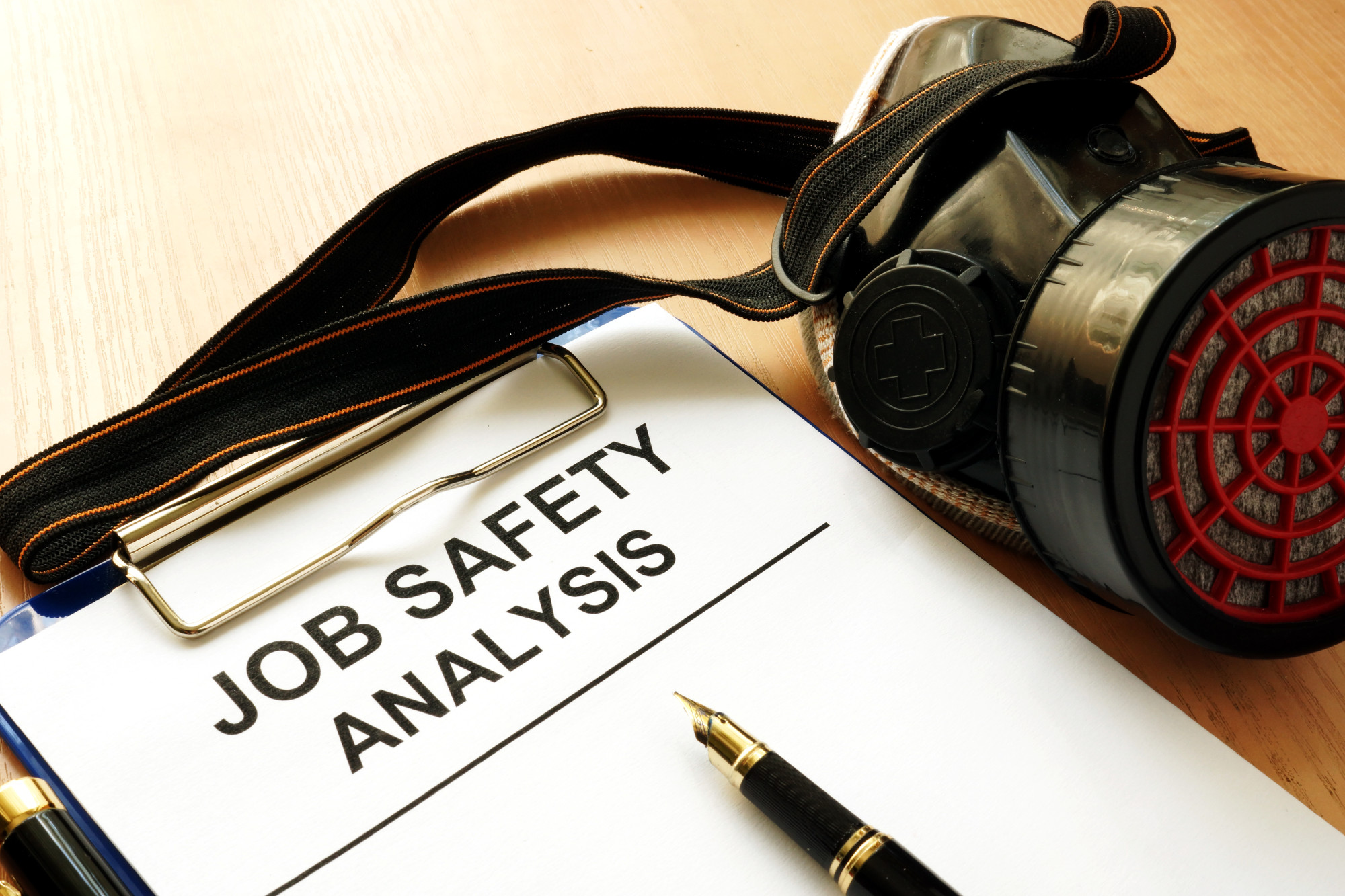LOPA stands for Layer of Protection Analysis. It is a method of risk assessment and hazard evaluation, particularly pertinent to chemical threats.
In premise, this LOPA technique must be appropriated by company owners to ensure that they comply with OSHA regulations. By doing so, they get to ensure the safety of their work environment and avoid penalties.
In this article, we will cover everything you need to know about LOPA and how it is used.
So if you want to take your business to the next level, keep reading.
What Is LOPA?
The Layer of Protection Analysis (LOPA) is an assessment methodology for hazard evaluation. It provides a good balance between comprehensive qualitative risk analysis and definitive qualitative hazard analysis.
The process begins with a recognized accident circumstance. And then employs some rules that help analyze the frequency of the event. As well as the layers of protection pertinent to it. This results in an approximation of order of magnitude for risk.
LOPA can be employed by companies who want to lower their risk as much as possible without detriment to the work process. By using this method, the user can ascertain a specific level of risk that is associated with events of hazard. It bases the evaluation on the significance of the event and how likely it is to happen again.
When the level of risk has been identified, the organization can determine a quantitative approach to risk reduction. As well as the levels of protection to assist this target.
Risk Assessment
Working with information gathered by analysis, stakeholders can start to evaluate the hazards. After this, they can prioritize certain decisions based on existing protection controls.
Risk evaluation involves a comprehensive review of consequences, events, scenarios. As well as the likelihood, controls, hazards, uncertainties, and effectiveness of existing controls. An event can have several consequences, thus affecting several company goals.
Identified hazards using HAZID can be added to the analysis. In such assessments, the entity will evaluate the existing conditions with current controls. And a possible state of the future with additional controls. Tools such as heat maps and assessment matrices can be employed to prioritize hazards. These tools allow safety specialists to identify the severity of a risk. As well as its likelihood of consequential occurrence.
From there, the higher up will assess each risk. And then determine the most important ones worth addressing now. The results from the analysis can be elaborated in a detailed manner via a bow-tie assessment diagram, which will provide more information upon potential decisions.
In terms of finding solutions for specific hazards, LOPA analysis is employed. It studies if the proposed barriers are capable of reaching acceptable levels of risk. Safety specialists choose the hazards and then develop independent protection layers for each. Check out this infographic to learn how to analyze layers of control.
IPLs serve as physical obstacles. Such as warning devices and engineering controls. As well as design manipulations that help prevent the cause of unwanted hazard consequences.
With this approach, safety specialists can consider what additional IPLs can help prevent a specific risk. And then calculate the impact of the potential controls on the likelihood of an accident.
Risk Analysis
Risk analysis calls on safety specialists to evaluate the results of the risk assessment. And then compare them to pre-determined risk criteria. Thus, helping determine what controls are necessary and what they might be.
As mentioned earlier, the bow-tie assessment has gained lots of traction in the industry. That’s because it provides a very potentiated picture of a specific event. And it allows specialists to examine the risk without bias.
This method is focused on the potential incident. As well as it’s potential causes and the existing controls. And the potential controls as well as their consequences of implementation.
The benefit of this analysis is the capability to visualize the event. As well as the consequences and how the event would occur. It also looks at if the impact can be mitigated or entirely prevented. Such an analysis does not include a risk scoring matrix. Nor does it visualize the effectiveness of the changes put in place.
Regardless of the evaluation method, risk-based decision making must consider the broader picture. As well as the existing consequences to the external and internal stakeholders.
Without these considerations in place, you risk your entire enterprise to be placed under regulatory restrictions. As well as possible penalization and forfeiture of operation. Occupational safety and health extend far beyond your enterprise. And it also affects the local public.
So perform your due diligence and take care of your people. The people who are clueless about the potential risks that they can be exposed to when interacting with your organization. If you don’t have a safety specialist in-house, you can outsource these tasks to certified agencies.
LOPA Explained
Now that you know what LOPA is and how it is used in occupational safety and health. You are well on your way to employ it in your organization for the sake of securing the well-being of your employees and the local public.
After all, you’re not only placing your workers and their families at risk. But also the entire locale in which you operate.
You must adhere to OSHA regulations for the sake of the people. But also for the sake of your business and avoidance of penalty.
If you’re interested in similar articles, feel free to check out the rest of our technical and legal content on the sidebar. Try the filtered categories above as well.

Leave a Reply